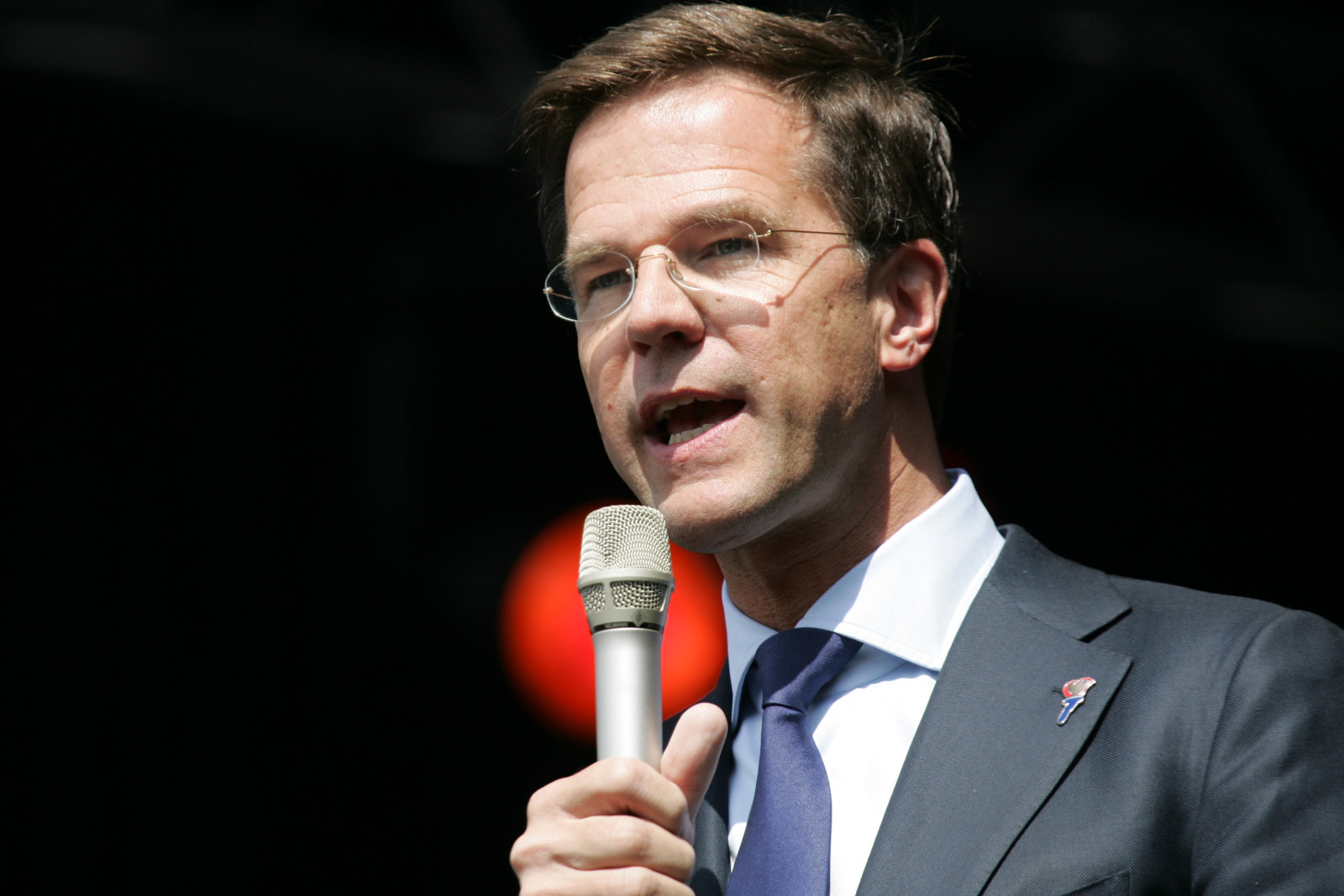
Think by Svend Brinkmann
Think seems a must. There is much to like in this book by Danish psychology professor and cultural critic, Svend Brinkmann

Think seems a must. There is much to like in this book by Danish psychology professor and cultural critic, Svend Brinkmann

An Oslo Innovation Week Event 28 September 2023 At the moment the world and our societies are at a tipping point: extreme weather patterns, huge gaps between rich and poor, social and economic exclusion, polarized societies, migration from conflict, poverty and environmental degradation. For those of us working with innovation, do the fruits of our

We know different societies vary in terms of their orientation towards individualism (me) and collectivism (we), rooted in their histories, political systems and cultural values.1 We also know that the orientation—from Asian Confucianism to northern European social democracy to American individualism—has consequences in terms of social trust and cohesion.2 What we have seen, in the

Human beings thrive in safe and secure societies. But a continuum of violence constantly puts pressure on safety and security.

’Hate speech’ and ’branding’ hardly seem connected concepts. Yet there are two important ways that they come together.

Many organizations have engaged with the idea of sustainability. They recognize that it can reduce risk, make them an attractive employer and help enhance their brand image
Place branding, as it is generally practised, can be a waste of taxpayers' money. Nicholas Ind says the model should be more participative, and that place branding should be at the forefront of democratization and engagement.
What is a conscientious brand? This article explores the key features of a conscientious brand and the implications for brand management.
Happiness is an illusory ideal which is neither the basis for working in an organization nor for managing it. It is more about the quest to find meaning in our lives and to attain a sense of fulfilment.
For many, CSR has been seen as a sticking plaster that could heal a company's reputation and improve its appeal. How can we make CSR a core idea inside companies?